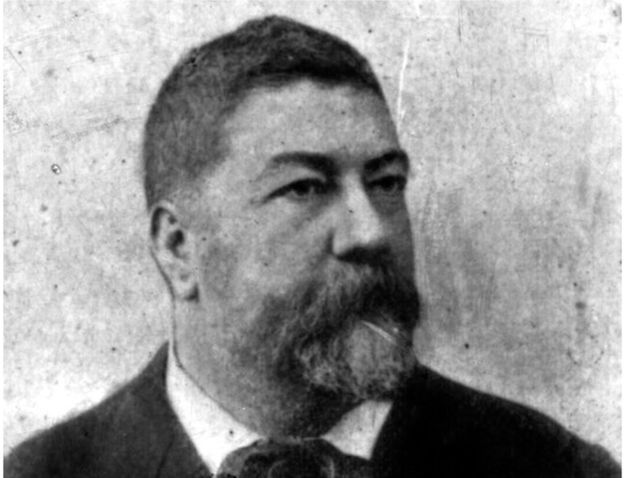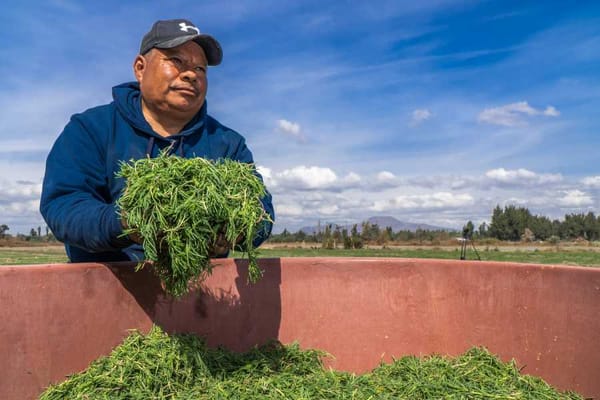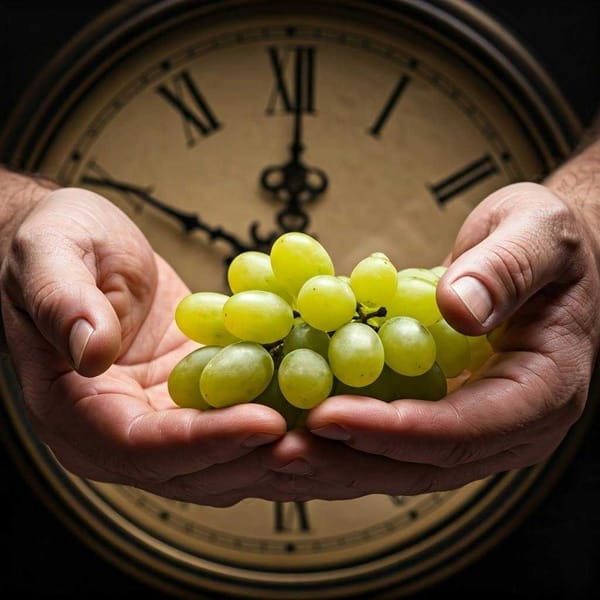Antonio Rivas Mercado, the Mexican architect who designed the Angel of Independence
Antonio Rivas Mercado, a Mexican architect, designed one of the most representative monuments of Mexico City: the "Angel of Independence".

Antonio Rivas Mercado was the Mexican architect who designed the Independence column, also known as the "Angel of Independence", one of the most representative monuments of Mexico City. Rivas (1853-1927) was one of the commissioners for General Porfirio Díaz, who ruled Mexico for more than 30 years, to make a monument to immortalize the centenary of Mexico's Independence and which was inaugurated on September 16, 1910.
Google pays homage this Tuesday with a doodle because it is the 166th anniversary of his birth, in Tepic, Nayarit, on February 26, 1853. The doodle was designed by the Mexican artist Elena Boils. "It seemed to me that, with the limited size of the illustration and to be able to communicate his work, it was necessary to pay attention to details that combined make a coherent image in his design", she explains.
"I took elements of his works, characteristic details of the Rivas Mercado style, to form the final image, the colors are more personal, typical of my style of illustration," adds Boils.

Eclectic style
"Rivas Mercado had an important influence at the time of the Frenchification of architecture in Mexico, which occurred especially when Porfirio Díaz was in power," explains Luis Gerardo Soto, a member of the College of Architects of Mexico City.
"It was a time when the eclectic architecture that was taking place in Europe, as he studied there, was one of the first to develop that style in Mexico, he had a lot of influence for his works and because he was director of the National School of Fine Arts" , says Soto, also a professor of architecture at UNAM.
Porfirio Diaz, whose mandate led to the Mexican Revolution, recognized him as an important architect. "The European influence of Rivas Mercado was decisive in what Diaz liked."
Diaz had gone to the last Universal Exhibition in Paris, in 1889, and was fascinated with the architecture that was being done in France and wanted to bring the latest European innovations to Mexico. "Rivas was one of the characters who knew how to move within the politics of that time and had the opportunity to perform important works," says the UNAM professor. For example, in 1884 he designed the house of President Manuel González, in Peralvillo, in Mexico City.
Educated in Europe
At 11, Rivas Mercado was sent by his parents to train in Europe. He studied at the Jesuit College of Stonyhurst in England and then in France, at the School of Fine Arts and at the prestigious Sorbonne University. On his return to Mexico, in 1879, he carried out important works, among them Soto mentioned the restoration of important agricultural or pulque haciendas, among which the Treasury of San Antonio in Ometusco, in the State of Mexico, and the one of Tecajete in Hidalgo and that were his first constructions.
The emblematic Teatro Juárez, in Guanajuato, was also finished. José Noriega had started it, but the work had been left unfinished due to political problems. He also worked on the transformation of the facade of the National Palace, the most important historical and political monument in Mexico. There he also took charge of the design of the room where now President Andrés Manuel López Obrador gives his morning reports. Soto explains to BBC Mundo that Rivas Mercado was of great influence to change important concepts of architecture education, for example, the use of iron in structures.
He was one of the pioneers of these forms that were key to the construction of buildings in the center of the city. Of them, the Angel of Independence is now perhaps the most representative of the Mexican capital. "It can be considered that it has become the icon of Mexico City, for example, it appeared in the logo of the previous administration of the city and their people gather for political, social or sports events," Soto says.




